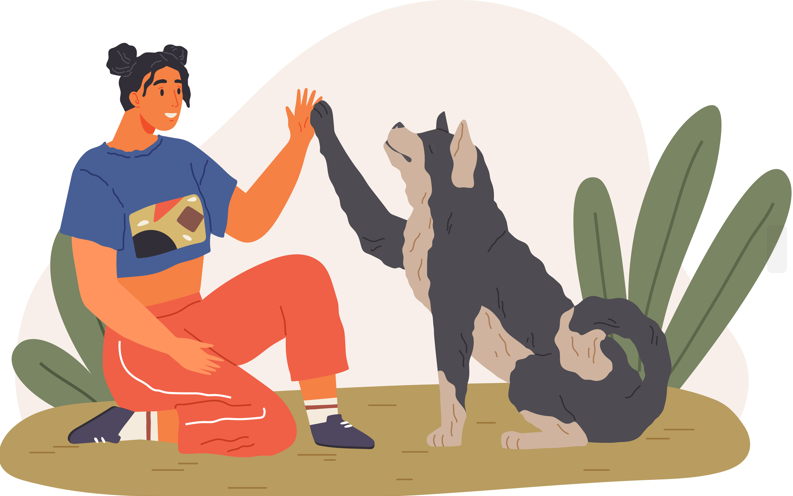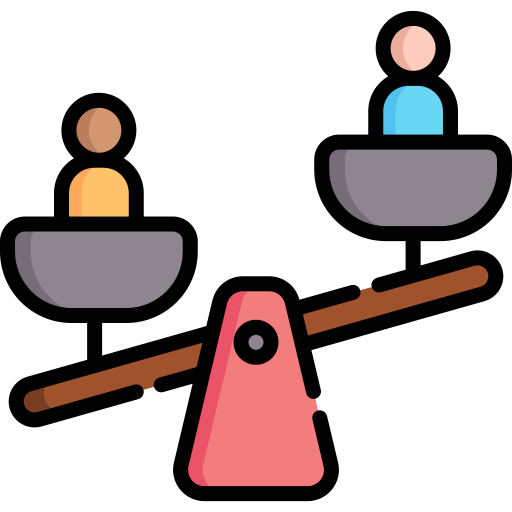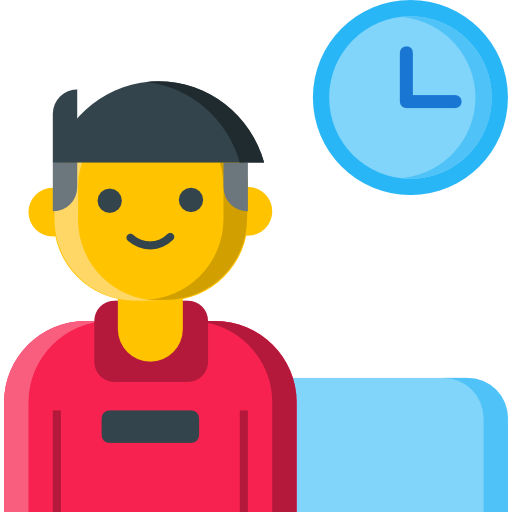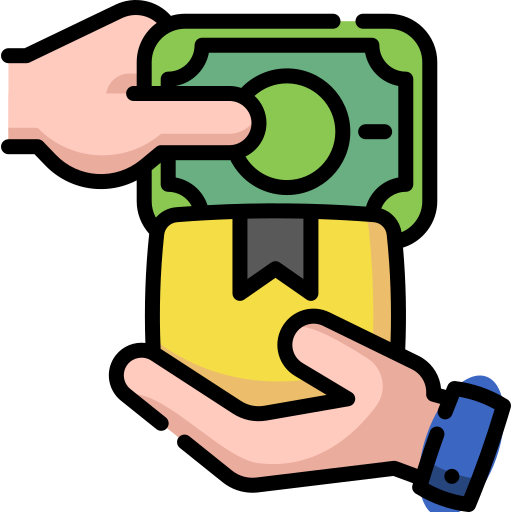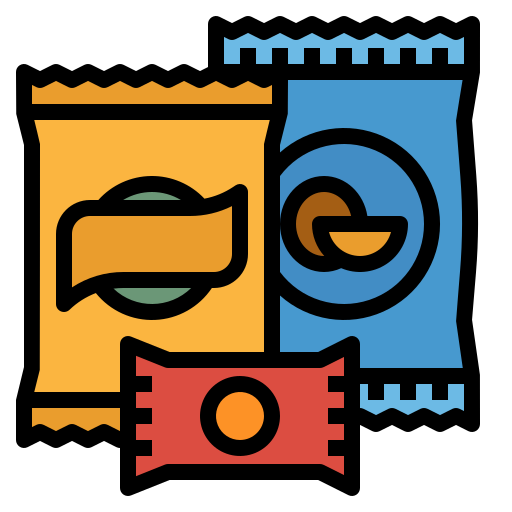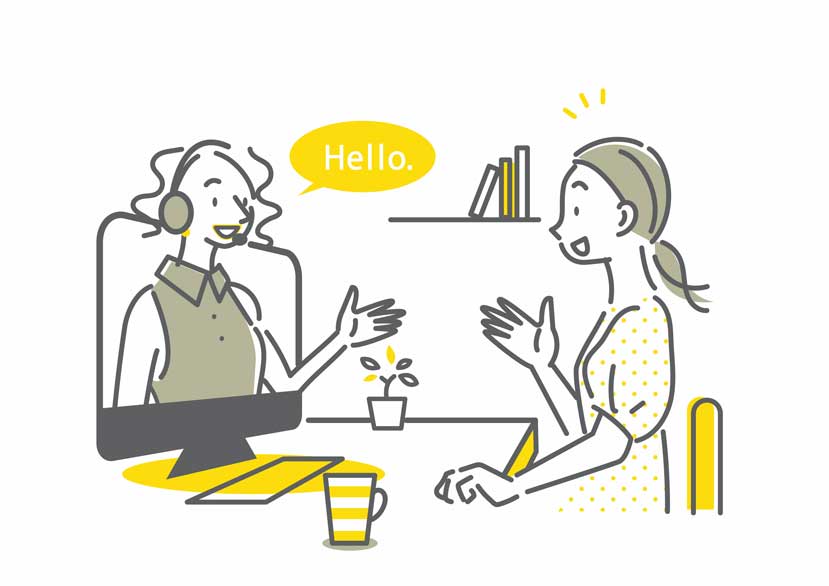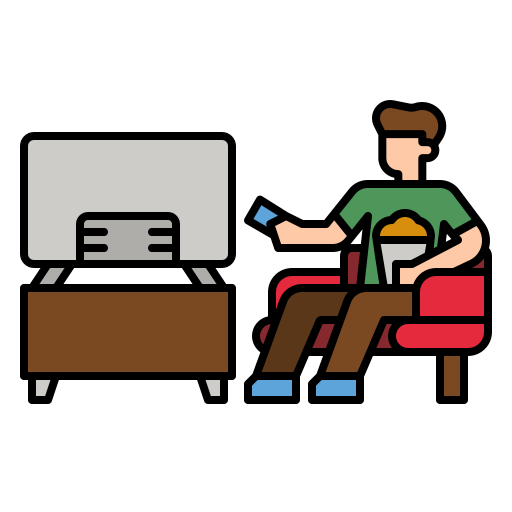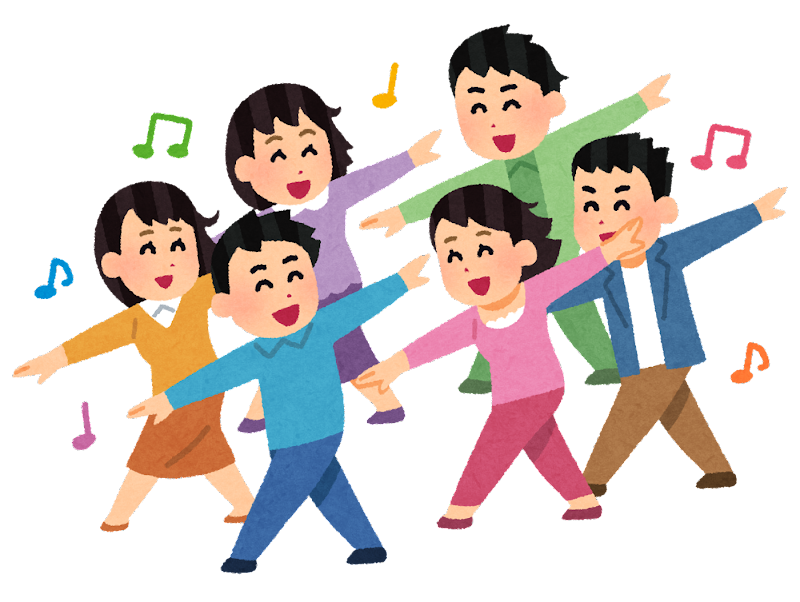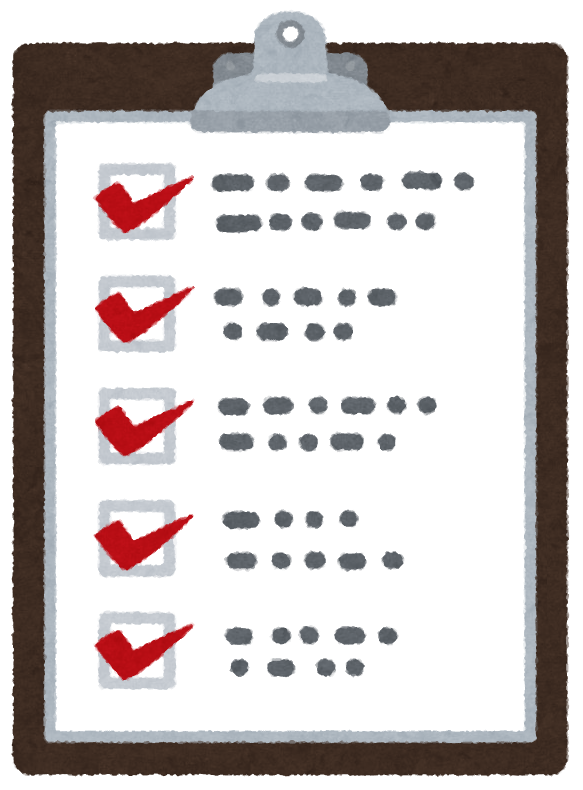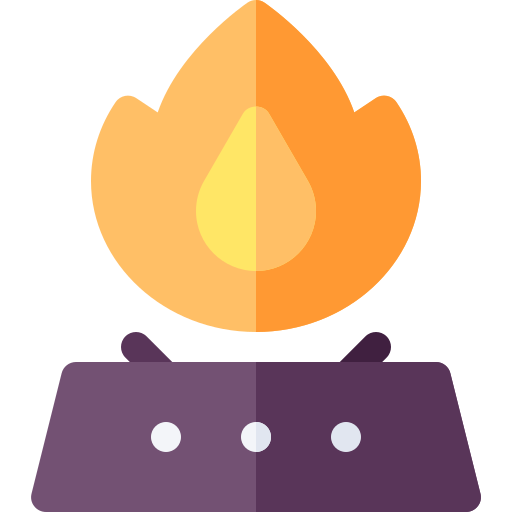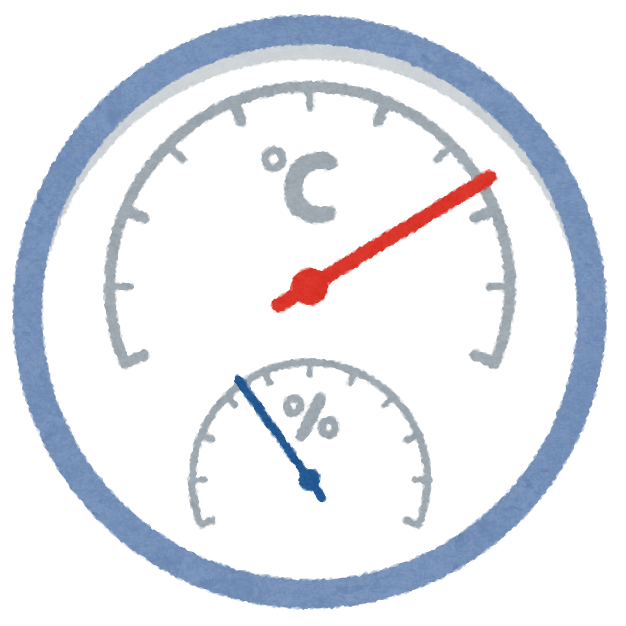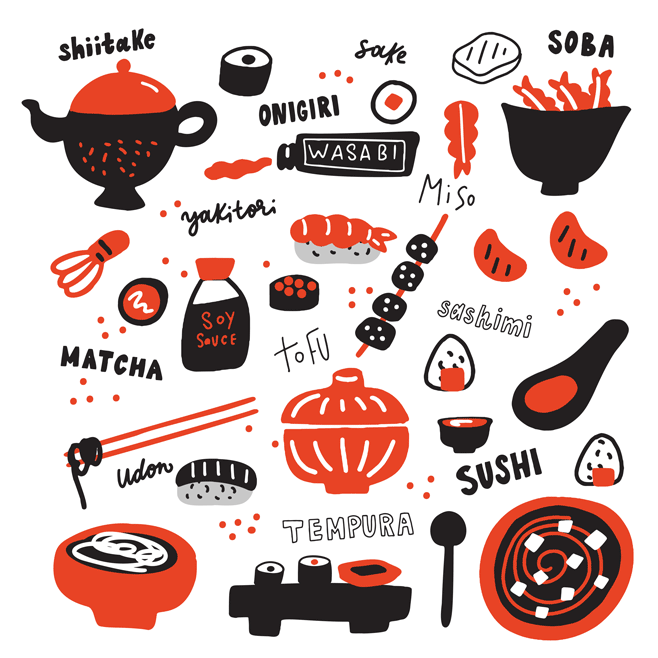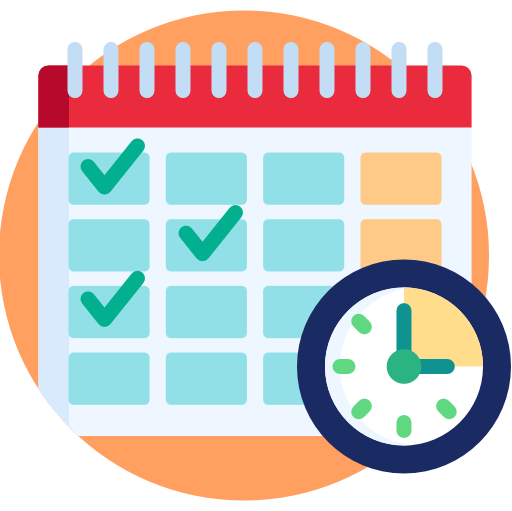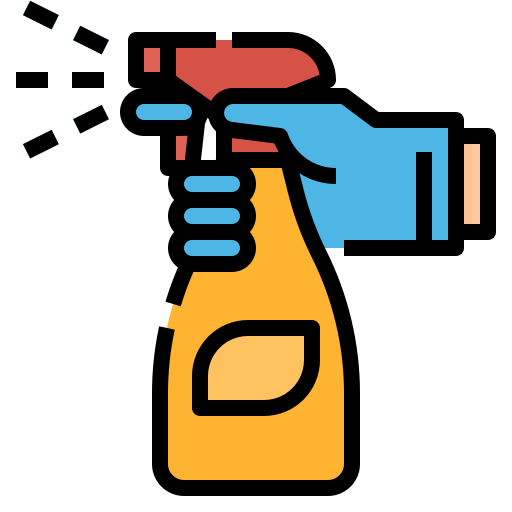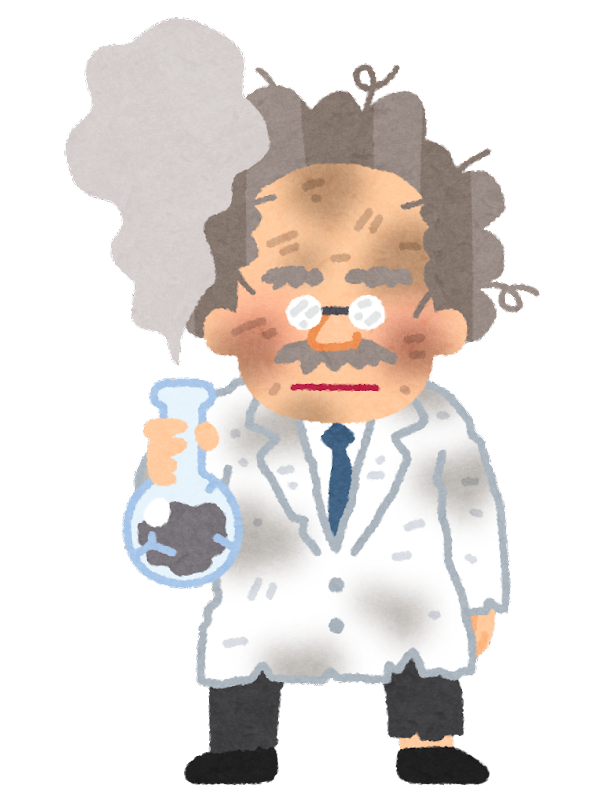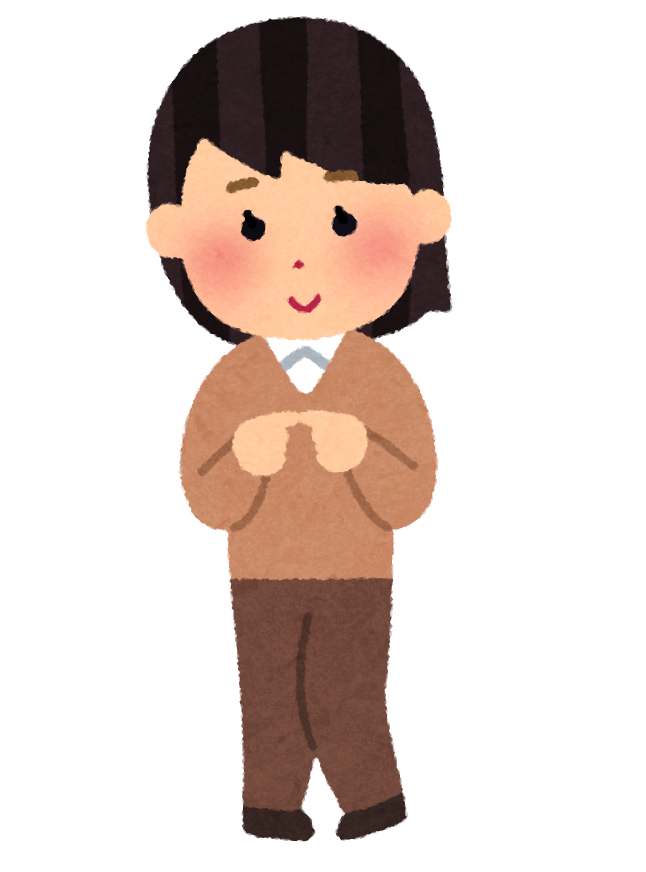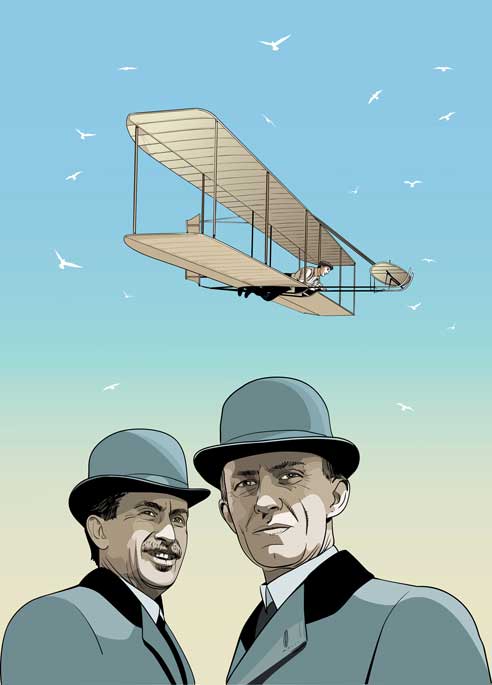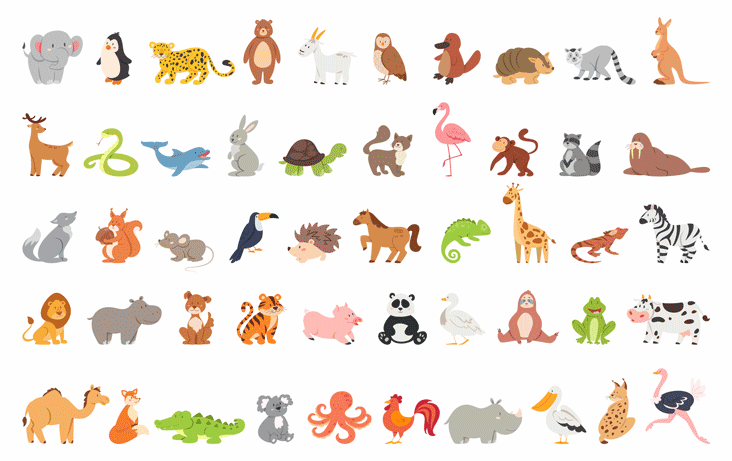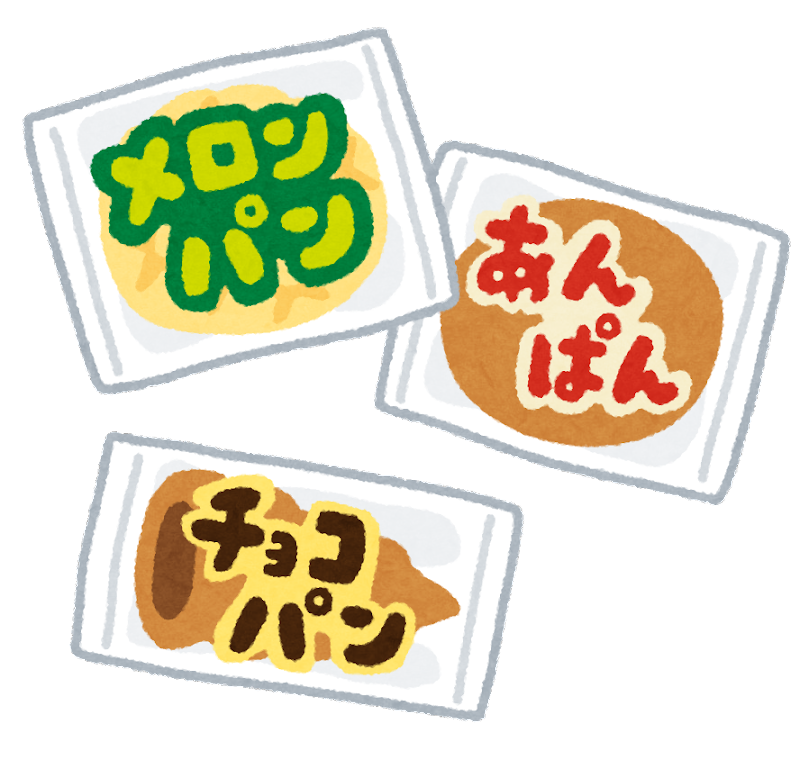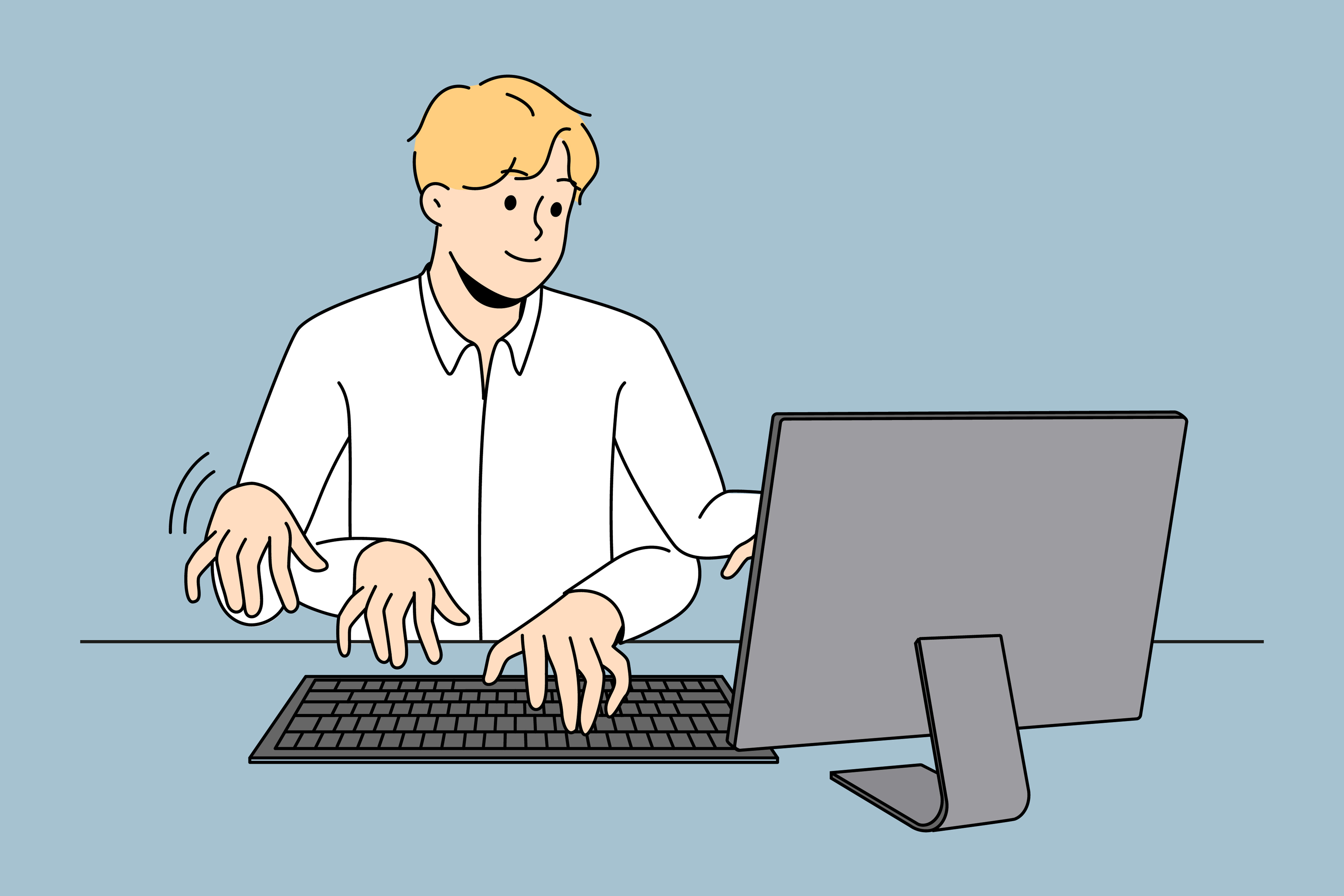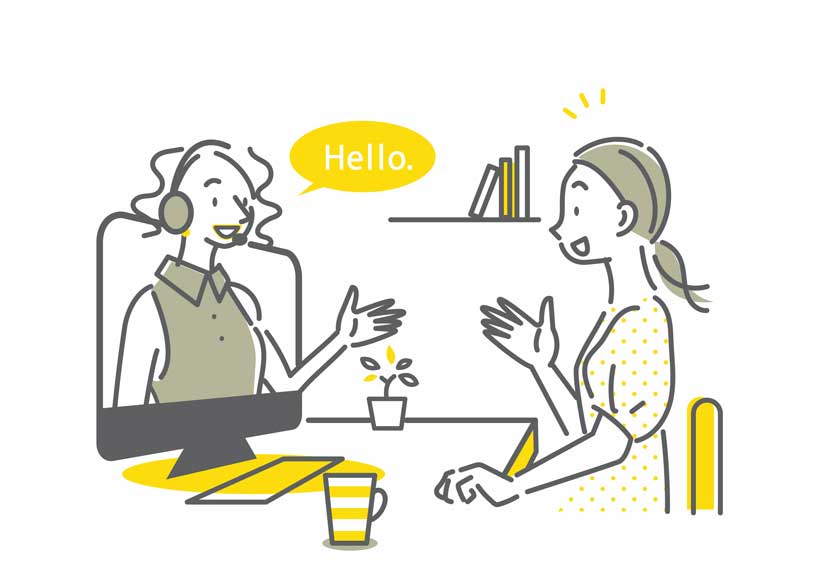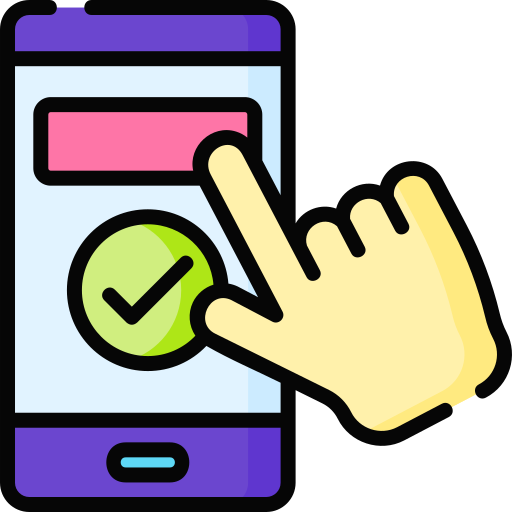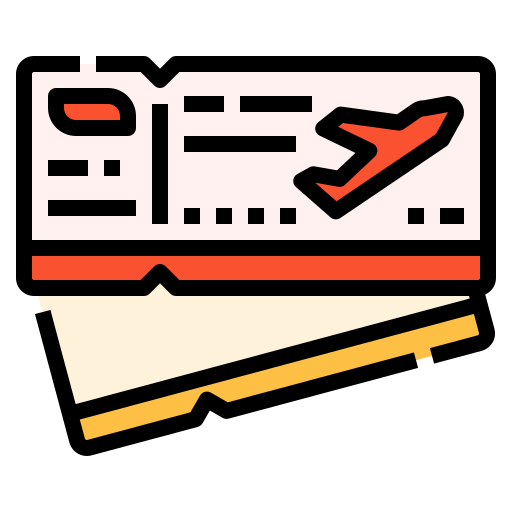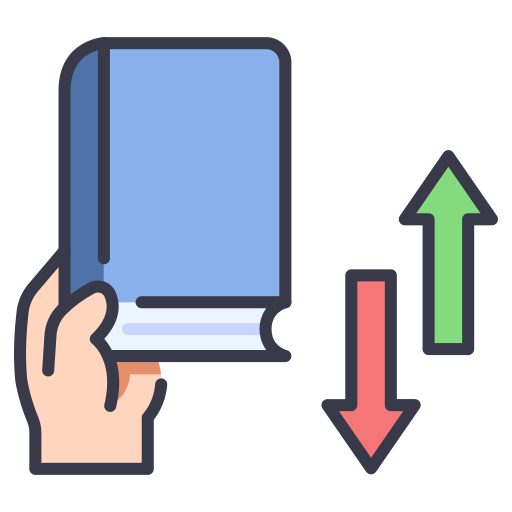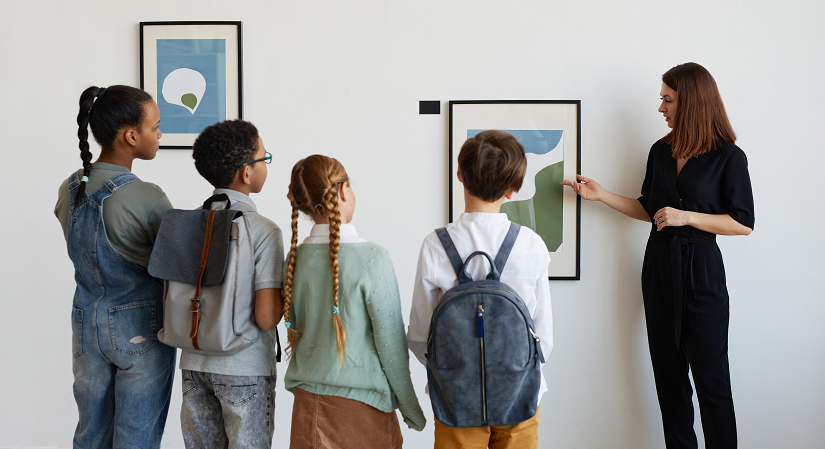


| Answer: |



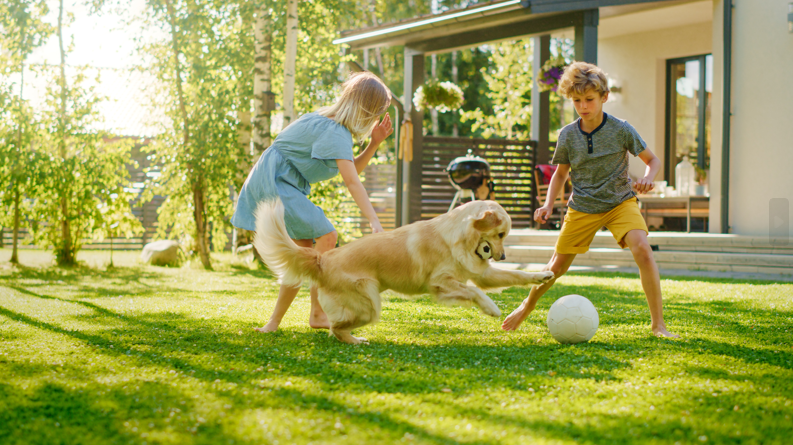
| 1. | |
| 2. | |
| 3. | |
| 4. | |
| 5. |



| 1. | |
| 2. | |
| 3. |


| What will the couple do with the dog in the dog shelter? |
| Answer: |




|
|
effect 影響 |
 |
ban 禁止する |
|
particular 特定の |
 |
genetics 遺伝的性質 |
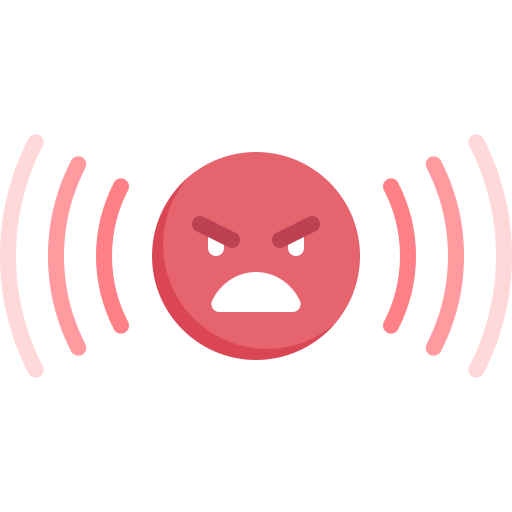 |
aggression 攻撃性 |


| 1. | The government will ___________ the use of plastic straws. |
| 2. | Our dog is kind. He doesn’t show ___________ toward other dogs. |
| 3. | Plastic waste has a bad ___________ on marine life. |
| 4. | ___________ have a large influence on facial and physical appearance. |
| 5. | He is looking for a ___________ breed of dog. |




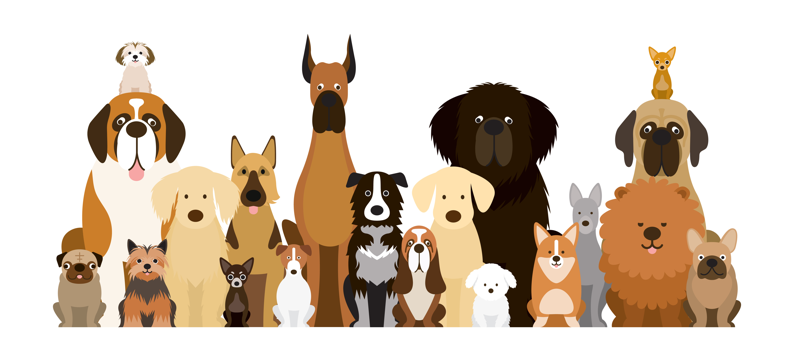
Selective breeding of dogs has both positive and negative effects on humans over time. For example, people have used selective breeding to create larger, stronger, and wilder breeds as guard or fighting dogs. Many people think that this breed of dog is dangerous to humans.
People who support banning particular breeds strongly believe that the animal’s genetics make it naturally aggressive and potentially dangerous. Others, on the other hand, say that humans teach dogs aggression. Regardless, dogs will remain “man’s best friend” despite the different arguments.
*companion 仲間、友
*aggressive 攻撃的な
*potentially 潜在的に
*regardless それでも
*remain …であり続ける
*despite ~にもかかわらず
*argument 議論





| 1. | Aside from being companions, how have dogs been used? |
| Answer: |


| 2. | Why do some people support banning particular breeds? |
| Answer: |


| 3. | There are some arguments, but what is mentioned about the relationship between dogs and humans? |
| Answer: |





| 1. | Do you think that dogs are aggressive by nature or that humans teach them aggression? |
| Answer: |


| 2. | Do you agree that dogs are “man’s best friend”? Why do you think so? |
| Answer: |


| 3. | Do you agree with selective breeding? Tell me your opinion. |
| Answer: |









Now, I will ask you some questions about your presentation.
| 1. | What are the new things you learned through thinking about the theme? Why do you think so? |
| 2. | Did you come up with any questions or find any problems with the theme? What are they? Why do you think they are problems? |
| 3. | What do you think we can do related to the theme? How we can do it? |
| Answer: |



| Situation: |
You are talking with your classmate about pets. Ask and tell him/her about having pets.
(Your tutor will pretend to be your classmate.)
|
| Items to mention: |
– tell about the animal you want to have as a pet/ask – tell why you want to have that animal as a pet/ask – tell the advantages and disadvantages of having a pet/ask |



| Vocabulary | Intonation | Fluency | |
|---|---|---|---|
 GOOD GOOD |
Used appropriate expressions learned in class. | Was able to pronounce most of the words clearly and correctly. | Was able to speak fluently. |
 FAIR |
Used appropriate expressions learned in class and made a few errors in word choice. | Mispronounced a few words. | The conversation sometimes stops. |
 POOR |
Used only a few words and expressions. | Mispronounced most of the words. | The student frequently stops the conversation, making it difficult to comprehend the content. |


| 1. | Do you want to travel abroad? |
| 2. | What do you think learning English means for you? |
| 3. | What do you think Japanese originality is? |
| Answer: |



